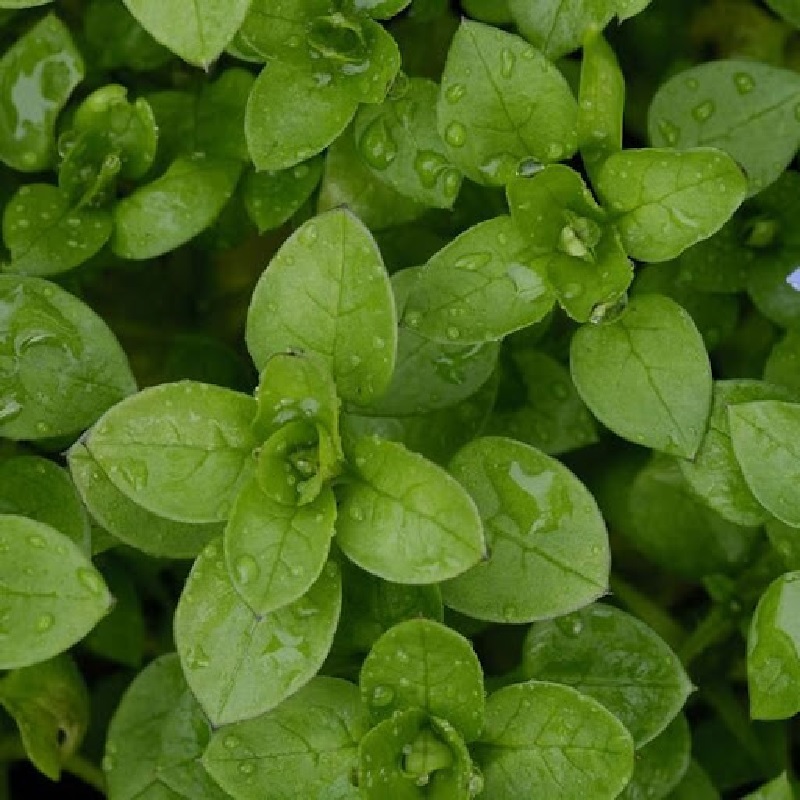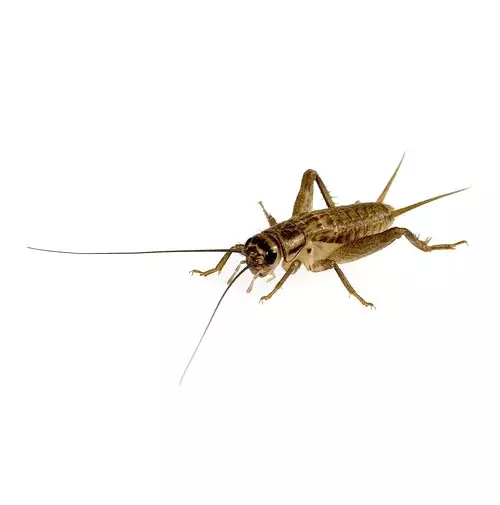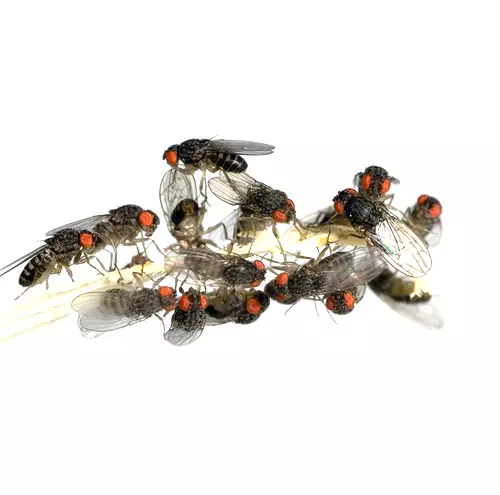

CHF 4.90
Stock: 0
Available in 1-3 days, acquisition time 7 days

Buffalo worms / grain mold beetle larvae - Alphitobius diaperinus
Grain mold beetle larvae, also called Buffalo worms are another Käferlarvenart that are fed both terrarium animals as well as to soft-eating birds. The Buffalo worm is only about 10 to 12 mm long and is therefore interesting primarily for smaller animals. Grain mold beetle larvae are also known in Central Europe as pests. However, they do not like cold temperatures and should be stored at about 20 degrees C.. Since the animals are very active and thus there will be a high metabolism, you should feed the worms in storage regularly with flour and fruit, since the animals usually greatly decrease weight and pupate quickly.
Check out until Sunday evening - delivered on Thursday
Orders placed until Sunday evening with us will be shipped on Wednesday or Thursday by priority mail.
We ask you to pay a recipient's address to which the package can also be zugestllt.
We assume no responsibility for packages delivered too late or be picked up too late.
The living food organisms in the business are available at this price only on Wednesday - the price per can are otherwise Fr. 1.00 each box higher because we feed and care for the feeding animals.
2 of 2 reviews
5 out of 5 stars
Login
9 February 2025 14:23
Gute Qualität und Preis ist in Ordnung. Werde wieder bei Roco bestellen.
Endlich einen Lieferanten für Buffalos gefunden.
15 December 2020 11:45
meine Meinung ist, Zoo Roco ist nur zu empfehlen
Das Lebendutter "Buffalo Würmer" ist in einwandfreiem Zustand per Post bei mir angekommen. Die versprochenen Termine wurden eingehalten. Zoo Roco ist nur zuempfehlen.
Customers also bought
Similar products
Customers also viewed







.jpg)












